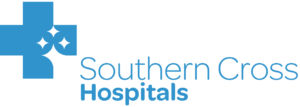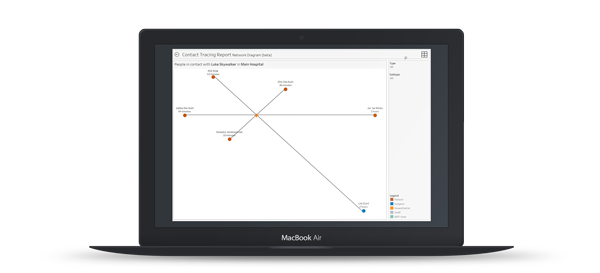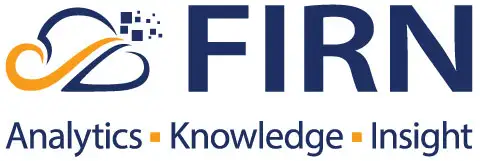Keeping People Safe With Rapid Contact Tracing

The Challenge
With the recent COVID-19 pandemic, it is important for organisations to be able to perform rapid detection and contact tracing within their workforce.
 At Southern Cross Hospitals (SCH), there were no systems in place to correlate all possible interactions between their hospital staff members (doctors, nurses, staff) and patients. This made it a challenge for effective and specific contact tracing, should the need arise.
At Southern Cross Hospitals (SCH), there were no systems in place to correlate all possible interactions between their hospital staff members (doctors, nurses, staff) and patients. This made it a challenge for effective and specific contact tracing, should the need arise.
Although there are existing systems that log the location and work hours of staff, analysing and correlating their interactions with individuals can be time-consuming and manual. This is particularly laborious if staff have had contact with multiple other staff members. And in turn, if these people have had any additional contact with others (2nd level connections).
In these unprecedented times, it is important for Southern Cross Hospitals to be prepared. It needs information at all locations, about interactions between their staff and patients, as quickly as possible.
The initial challenge for effective contact tracing was to unify multiple disparate data sources containing different pieces of information to allow the tracking and tracing of individuals. For example, a surgery session is stored in a different system to staff member details. This poses a challenge as it is vital to combine all these data sources in a conformed manner to be able to perform any further analysis.
The next challenge was determining the ‘overlaps’ of sessions between staff members and patients, and to make it visually understandable and accessible. These overlaps are important as they tell us if there was possible contact between staff and patients, and the estimated duration. Equally important is to make this information readily available and easy to understand. This enables decision making to be efficient and quick.

The Solution
Combine and transform
Using existing datasets, FIRN was able to reconstruct the data into a series of new dashboards to address the challenge.
Firstly, using Alteryx, a data preparation, blending and analytics tool we brought together multiple SCH data sources in a conformed manner. A series of transformations were then implemented to form links between hospital staff and patients, according to several criteria such as time, location and hospital.
We set the output of these transformations to publish directly to the Tableau Server. A schedule was also set up so that this process could automatically run every morning.
Visualise
We built a Tableau dashboard to visualise the data in an interactive manner. This gives the user the power to answer questions, such as, if a staff member or patient had any contact. Users can easily drill down specifically on a staff member or a patient and see how long he or she has been in contact with others.
The Result
Accessibility
Because the dashboard was published in Tableau Server, it is available 24/7 for all authorised users. With the Scheduler running on Alteryx, data is always up-to-date without the need for manual intervention.
Easy to understand
The dashboard allows the users to see the timeline of each staff member and patient in a Gantt chart. Each block represents a session (for example, a patient staying in a ward or a surgeon performing surgery). The length of the line represents the duration of the session. Clicking on a block brings up a secondary Gantt chart that shows all other staff and patients who have had overlapping sessions in the same hospital.
To further drill-down, users can choose to display a network diagram. This shows all interactions that the staff member/patient had. Each line represents an interaction within the same location. The length of the line represents the duration of the encounter.
The Benefits
- Provides the ability to visualise and interact with the information
- Automatically updates with the latest data
- Allows quick and efficient decision making
